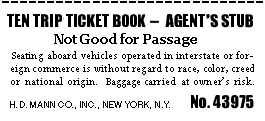|
It seems significant that out of the 3000 people that Alpert and Leary have administered LSD to, there have been only four cases of adverse reaction beyond 4 or 5 days, and that these four share only two characteristics in common. First, they all had previous histories of mental illness, but secondly, none of the four had any kind of home, any place to go back to. One is reminded somehow of the rootless faces that seem to haunt the tables of certain European cafés.... 
INSERT QUOTATION -- a patient's account of an Ibogaine experience, by Claudio Naranjo:
"I could open my eyes now and rise from the bed, I have my place. I cannot be excluded by anybody, anywhere. I can conquer my fears, I can go through them.
I have my place.
It is not necessary to go or come, forget or close ghettos. I have my place within, without, with whomever it be.
I do not need to ask for anything because I have my place. I don't need to go or come, flee, escape, since I have my place.
Everything is a part of ME. I AM. It is not that I must sculpt. I will do my work, whatever I care for, wherever, for it being a part of me I am not bound to it in a symbiosis. "Neither X nor Y will pull me toward them, since I am where I really am.
There is no need to escape from anything, pleasant, unpleasant, hateful or terrible, whatever it is, since it is always possible to go beyond, into the most definitive, which is within.
I enjoy feeling how it resounds in me: I have my place, I have my place, I have my place."
|


























